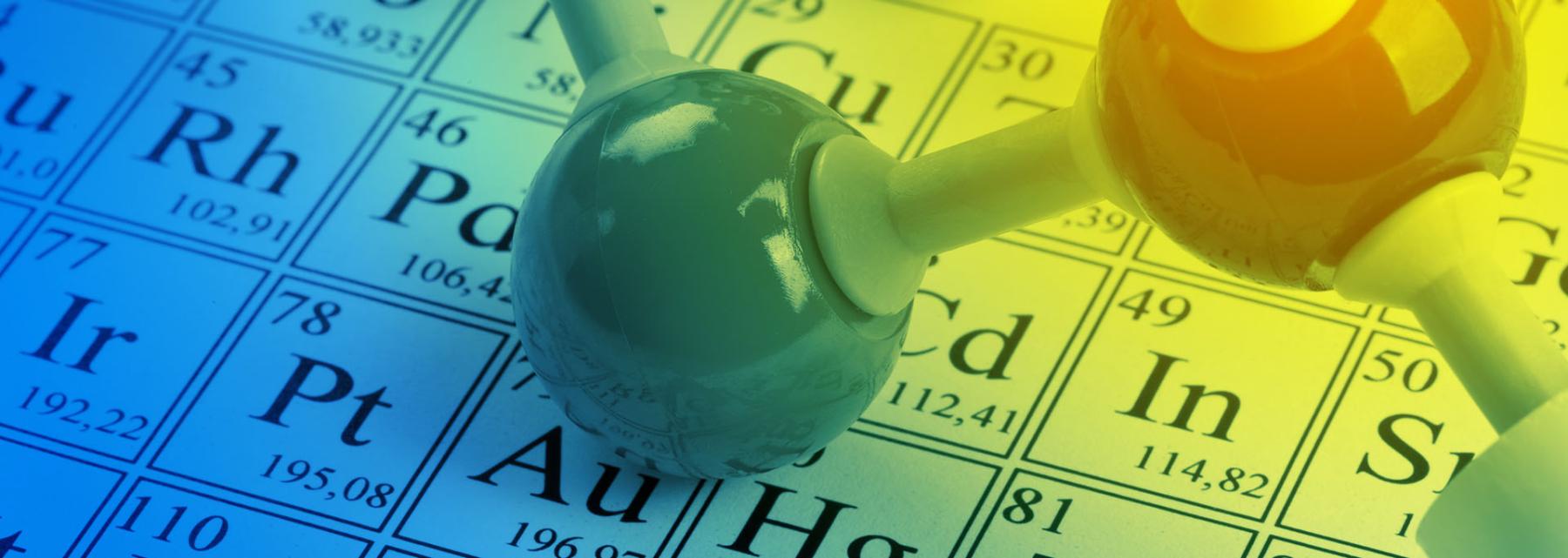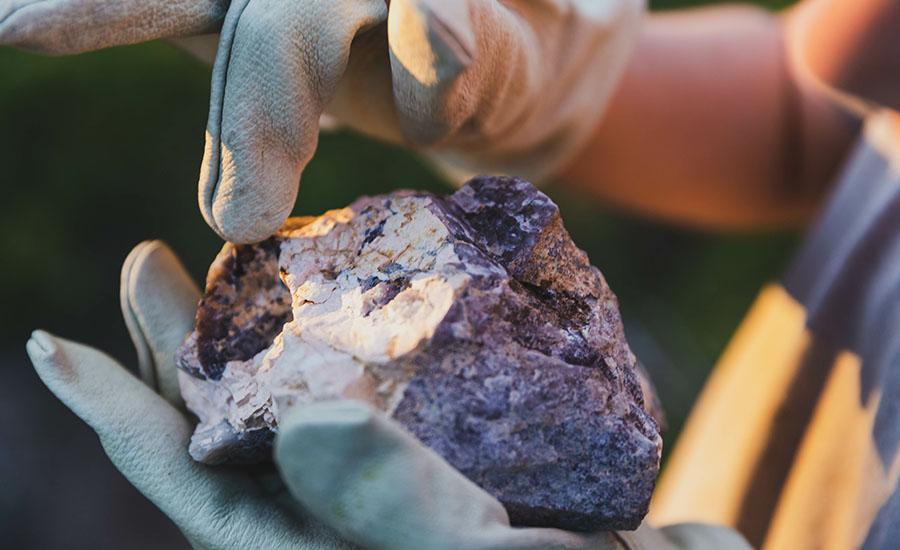
Crawling Carbon Sugar: A Combustion and Dehydration Investigation of Chemical Reactions
This lesson discusses and gives you a more in-depth understanding of the relationship of particles that are held together by a certain amount of energy. The energy is required to break bonds and the energy released when chemical bonds are formed. This also explains two chemical processes, the exothermic or endothermic reaction that is based on whether they give off or absorb energy, respectively.
Overall, this lesson analyzes and interprets data on the properties of substances before and after the substances interact to determine if a chemical reaction has occurred. Moreover, it allows students to engage in argument as entropy changes from evidence of the net change of energy in a system.
Students are expected to:
Design and conduct an investigation about chemical reactions.
To know the science behind, and be acquainted with, natural and artificial
occurrences of chemical changes.
To understand the differences between endothermic and exothermic reactions.
To understand combustion, dehydration, and energy.
Lesson Plan Link/URL
https://docs.google.com/presentation/d/1iJmtG15YU0ok0zevv-5jxJJnWtwIqxn2/edit?u…Subject Area
Science Physical Science P1: Matter P4: Energy Transfer Technology 3. Knowledge Constructor 6. Creative Communicator English Language Arts (ELA) Reading (Literature) Writing Speaking & ListeningRelated Content

Growing Crystals Part 2 is a unique lesson that has an emphasis on the synthetic growing of crystals in the laboratory. This activity also focuses on investigating the process of how synthetic

GROWING CRYSTALS PART 1, A lesson that focuses on the different types of formation of crystalline solid, its properties and the attractive forces responsible to it during chemical bonding. It is


